Last Updated on August 2, 2021
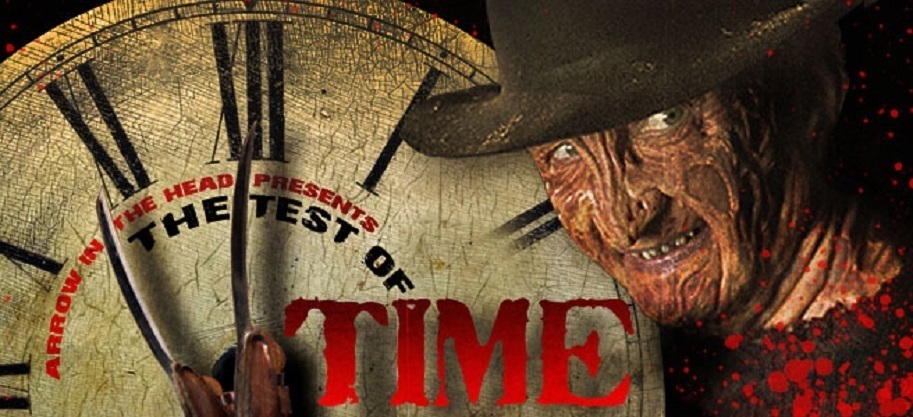
We all have certain movies we love. Movies we respect without question because of either tradition, childhood love, or because they’ve always been classics. However, as time keeps ticking, do those classics still hold up? Do they remain must-see? So…the point of this column is to determine how a film holds up for a modern horror audience, to see if it stands the Test of Time.
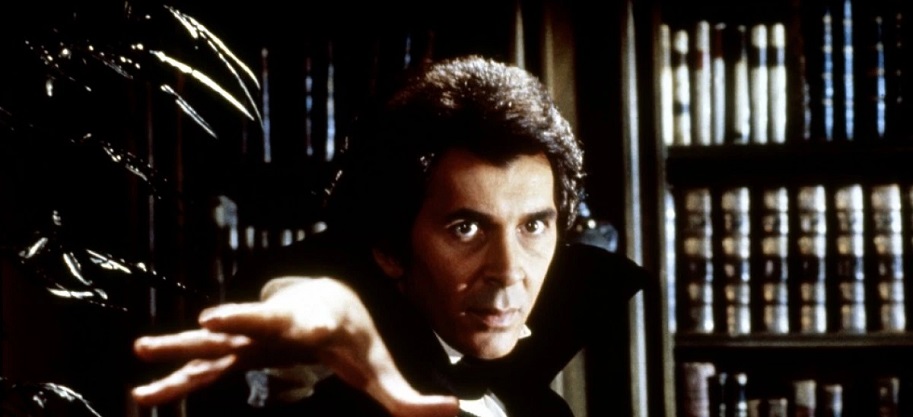
DIRECTED BY JOHN BADHAM
STARRING FRANK LANGELLA, DONALD PLEASANCE, LAURENCE OLIVIER, KATE NELLIGAN
It’s high time we throw some respect on John Badham’s name. Seriously, here’s a guy who cut his teeth on television for the first five years of his illustriously versatile career in the early 1970s, honing his craft on such small-screen genre outings as The Sixth Sense, Night Gallery, and the severely under-seen TV-movie REFLECTIONS OF MURDER in 1974. In 1977, Badham switched directions entirely and, despite being about disco, made one of the coolest movies ever assembled in SATURDAY NIGHT FEVER. Two years after that, Badham dove back into the horror realm with his adaptation of DRACULA (WATCH IT HERE / OWN IT HERE), based on Bram Stoker’s novel and the stage play “Dracula” by Hamilton Deane and John L. Balderston.
Before we assess the lasting merits of Badham’s DRACULA, which somehow had to contend with four other Dracula movies released in 1979, it’s worth noting the career trajectory Badham continued on. Following DRACULA, Badham made the teenage cold-war adventure WARGAMES, the menacing helicopter action flick BLUE THUNDER, the sports film AMERICAN FLYERS, the sci-fi comedy hit SHORT CIRCUIT, the farcical STAKEOUT and ANOTHER STAKEOUT, the excellent LA FEMME NIKITA remake POINT OF NO RETURN, and the wildly underrated Johnny Depp/Chris Walken real-time thriller NICK OF TIME. Straight up, John Badham has been one of the all-time best directors over the past 45 years!

Now, on to Badham’s version of DRACULA! We all know the Bram Stoker story is tried and true, and one that continues to provide entertaining interpretations to this day (and some not so entertaining, see the 2020 Netflix series. Or better yet, don’t). But how many have featured the A-list prestige of Badham’s version, which features such cinematic royalty as Sir Laurence Olivier as Van Helsing, Donald Pleasance as Dr. Seward, as well as some of the all-time best below-the-line talent? Perhaps only Coppola’s version released 13 years later. While it’s true that vampires are immortal, let’s see just how well John Badham’s DRACULA fairs against The Test of Time!
THE STORY: DRACULA 1979 is the first Universal adaptation of Bram Stoker’s story since the original in 1931. While largely faithful to Stoker’s classic tome, the inspiration for DRACULA came when producer Walter Mirisch saw Frank Langella star in the title role during the Broadway production during the 1970s. According to Mirisch:
I truly had no idea what to expect. But I found that (Frank) Langella had created a completely different character from the accepted sinister one, a character with charm, sex appeal, and most important of all, he endeared himself to the audiences. I decided right then to make the film!"
As for Langella’s interpretation of the most infamous cinematic bloodsucker ever conjured, he once stated:
I don't play him as a hair-raising ghoul. He is a nobleman, an elegant man with a very difficult problem, a man with a unique and distinctive social problem. He has to have blood to live, and he is immortal."
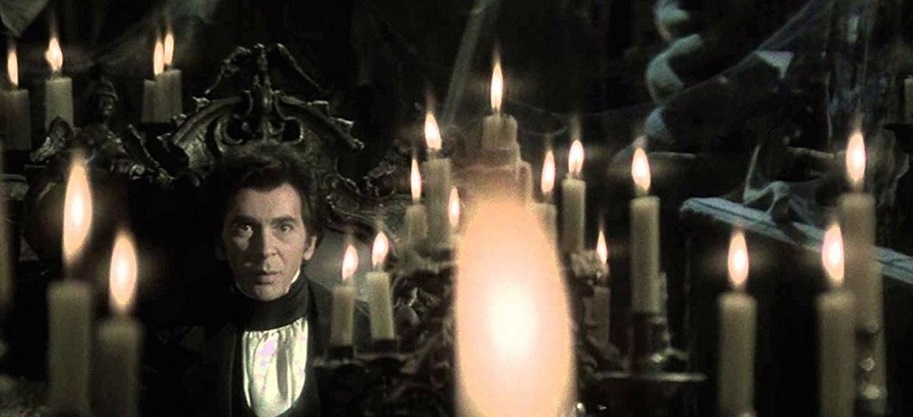
Story-wise, this version of the story is set in 1913 Whitby, England. Count Dracula is transported on a ship through stormy weather, where he slashes the throat of a crewmember on board before making his way to safe haven. The count holes up in a gorgeously Gothic, moldering mansion festooned with a cavernous crypt, macabre cobwebs, melted wax-candles, ornate lighting schemes, and fetid corpses who’ve had their blood desiccated by the charismatic Count. Frank Langella oozes a sexualized charm that differs greatly from the fang-flashing vampire we’ve come to associate with the name Dracula. In fact, Langella only agreed to play the part under two conditions. One, he refused to wear bloodstained fangs. Two, he refused to publicly promote the film as Dracula.
Once Dracula cozies in, he begins his slick sense of sinister seduction by luring in a pair of fetching young women to potentially become his immortal bride. Dracula first seduces the sickly Mina Van Helsing (Jan Francis), whose neck he quickly sinks his teeth into, morphing her into a vampiric ghoul. As Mina’s father Abraham Van Helsing (Olivier) arrives to save his daughter, Dracula turns his lethally licentious sights on Lucy Seward (Kate Nelligan), the attractive daughter of Dr. Seward (Pleasance) and fiancé of nobleman Jonathan Harker (Trevor Eve).
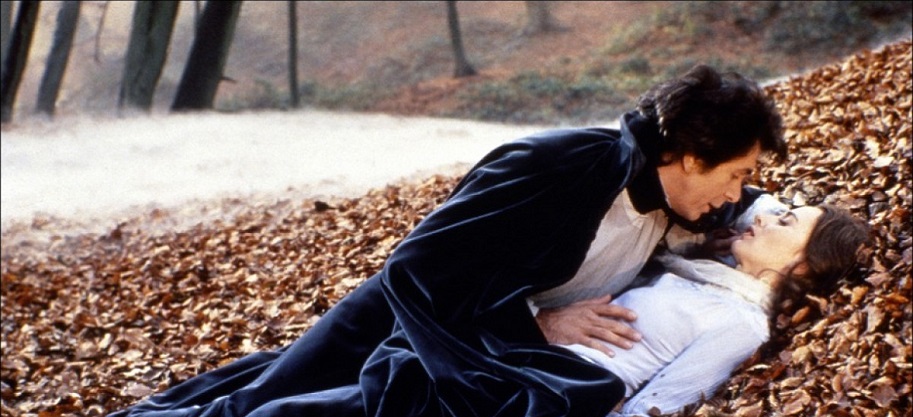
WHAT HOLDS-UP: We all know the time-tested Bram Stoker tale holds up incredibly well, so we’ll skip that for the time being and focus on what Badham does best. In addition to his directorial acumen and a few unpredictable story wrinkles, what clearly stands-up today are the sumptuous production design and art direction, the breathtaking cinematography, musical score, and the top-tier performances by the entire cast.
Let’s start with the lavish world-building brought to immortal life by British Production Designer Peter Murton and Art Director Brian Ackland-Snow. Murton brings his experience working on the sprawling, gigantic productions of Kubrick’s DR. STRANGELOVE, such James Bond flicks as GOLDFINGER, THUNDERBALL, THE MAN WITH THE GOLDEN GUN, as well as SUPERMAN II and SUPERMAN III. Moreover, his recent experience working with Art Director Ackland-Snow on DEATH ON THE NILE (who also did THE DARK CRYSTAL) made for seamless collaboration on DRACULA. The interiors of Dracula’s castle are a horror fan's wet-dream, serving as one large subterranean catafalque that brims with spooky atmospheric dread. Believe it or not, according to the book Lights! Camera! Scream! by Stephen Mooser, Dracula's castle in this movie was not a real-life location, but a glass matte painted by Visual Effects Guru Albert Whitlock. The end-result so convincingly eerie and holds up so well you still can’t tell the difference.
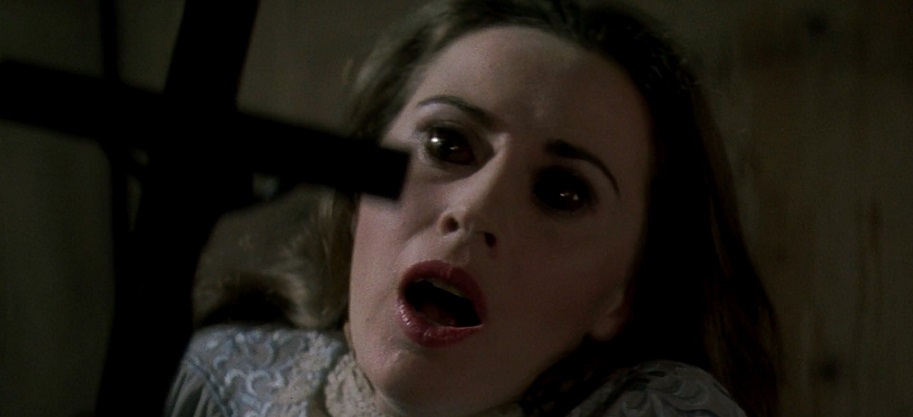
Along with the vividly arresting setting, which also includes the cool infirmary bridge-walk, the lighting and photography in the film are second to none. Cinematographer Gilbert Taylor shot Hitchcock’s FRENZY, THE OMEN, and STAR WARS: EPISODE IV – A NEW HOPE prior to working on DRACULA. This dude was clearly at the top of his fame in 1979 after working with some of the all-time directorial greats. Badham recognized such, hired Gilbert, and allowed him to do work his alchemical movie magic to create one of the most beauteous DRACULA films of all. Badham originally wanted to shoot the film in black-and-white to honor the original, but Universal repudiated the idea. Instead, Gilbert imbued the film with glowing warm hues and desaturated tones to reinforce the Gothic tableau of romantic horror of yore. Throw in editor John Bloom coming off of ORCA and MAGIC and all-world Costume Designer Julie Harris and you can see why DRACULA remains a handsomely elegant A-list production.
In addition to the visual aesthetics, the performances and musical score by Hall-of-Famer John Williams continues to prop DRACULA up as sturdily as ever. Frank Langella completely reinvents the character through his suave, rakish, debonair countenance, which, although not often graphically violent, is made even scarier by his sneaky seduction. Dracula is easy to trust and easy to fall for here, luring his victims into a blind trap they’d easily avoid if she were a blood-covered monster with giant fangs. His deadly duplicity makes all the more dangerous, something Langella fundamentally understands and consciously underscores in his performance.

Elsewhere, Donald Pleasance steals the show as Dr. Seward, a character he opted to take over Van Helsing, which he was offered by thought was too similar to Sam Loomis in HALLOWEEN. Pleasance has been known to use props in the frame in order to keep his scenes intact and uncut, often upstaging arguably the greatest actor who ever lived in Sir Laurence Olivier. Reportedly, Olivier was gravely ill at the time he made DRACULA, and yet he gives a heartened performance as Van Helsing. One of the reasons it’s so compelling is the story change to make Mina the victim of Dracula’s vampiric vitiation, rather than Lucy as in the original story. Moreover, Van Helsing’s unexpected death makes Olivier’s turn all the more memorable. Adding to their performances is the pitch-perfectly ambient score by the great John Williams, which reinforces the terror with a lightning-crash soundscape and high-pitch tenor that calls to mind the original film while pushing it forward.
WHAT BLOWS NOW: Aside from a few outmoded special effects shots, not much about DRACULA blows these days. It’s a testament to the aforementioned craftsmen who were at the pinnacle of their respective careers when making the film. I think of the final shot of the film and that lastingly eerie image of Dracula’s cape floating in the sky just as his visage has been scolded by sunshine. In addition to the sheer terror of the image, the information it conveys without a word is that Dracula may have lost the battle, but the war is not over, setting up a potential sequel that never came. If anything blows, it’s that Badham wasn’t afforded a chance to helm a follow-up.
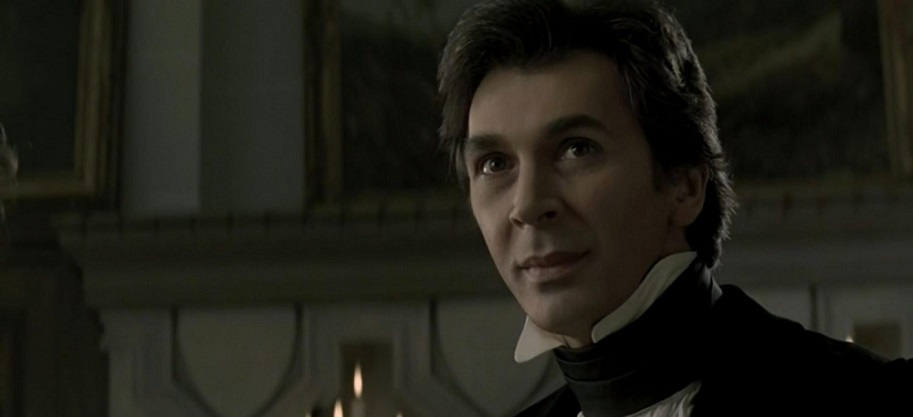
THE VERDICT: John Badham’s DRACULA is arguably the best iteration of the Bram Stoker tale ever committed to celluloid. Only Tod Browning and Francis Coppola’s versions can compete, but even so, they hardly outdo the sheer artistry of the 1979 version. The film boasts a brilliant cast, garish production design and art direction, gorgeous settings and cinematography, alarming music, and top-notch acting performances by all involved. We always knew DRACULA was immortal, but now we know John Badham’s is as well!
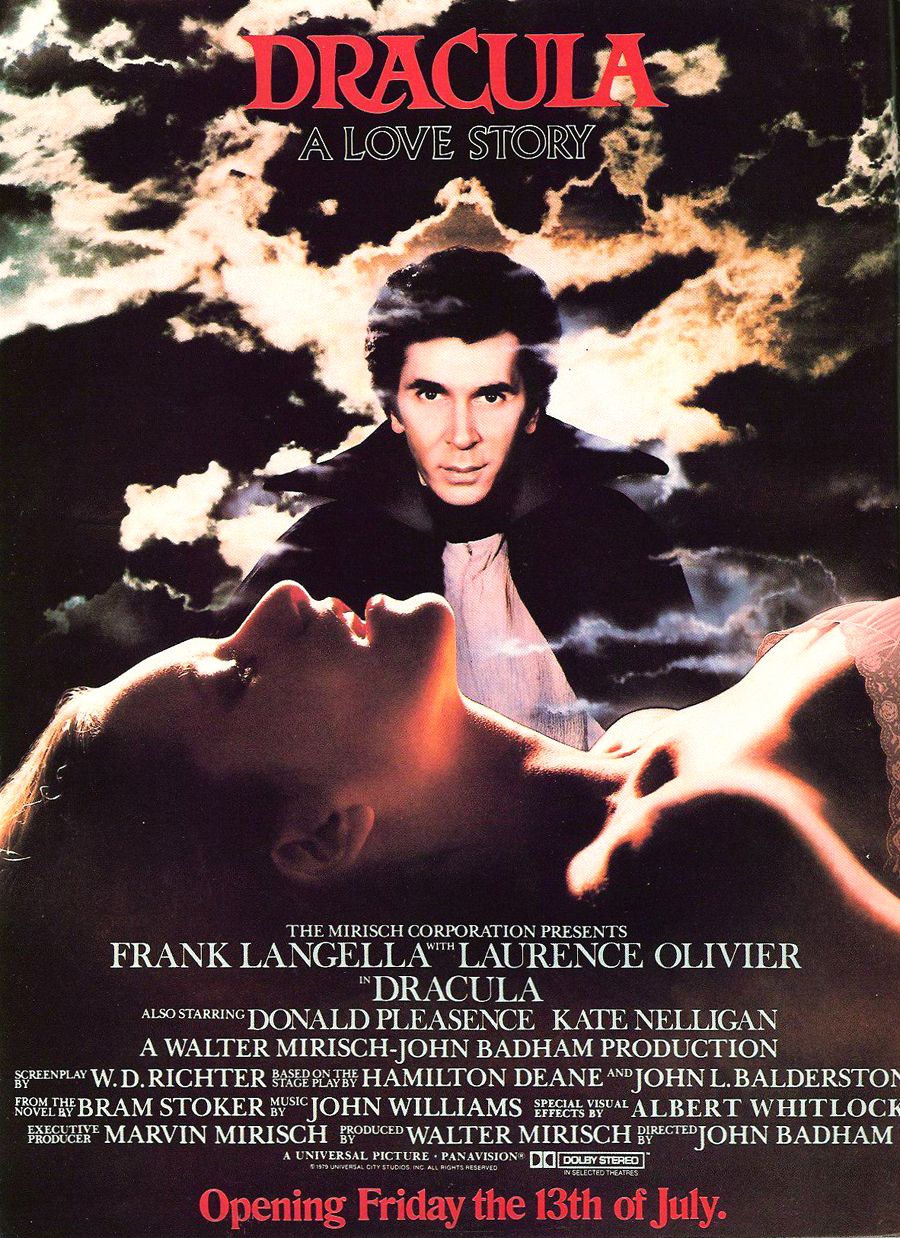


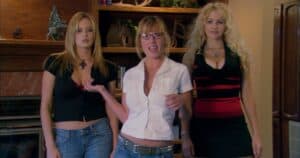
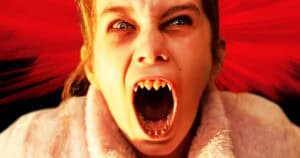
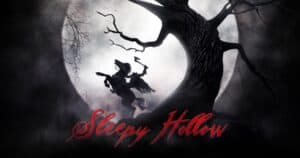
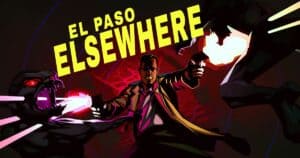
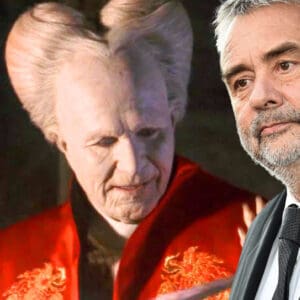
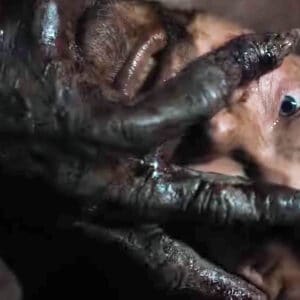
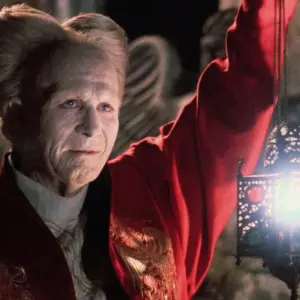
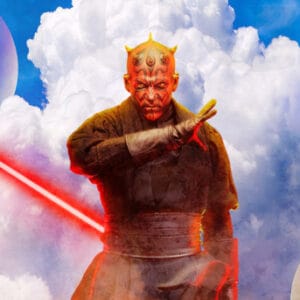
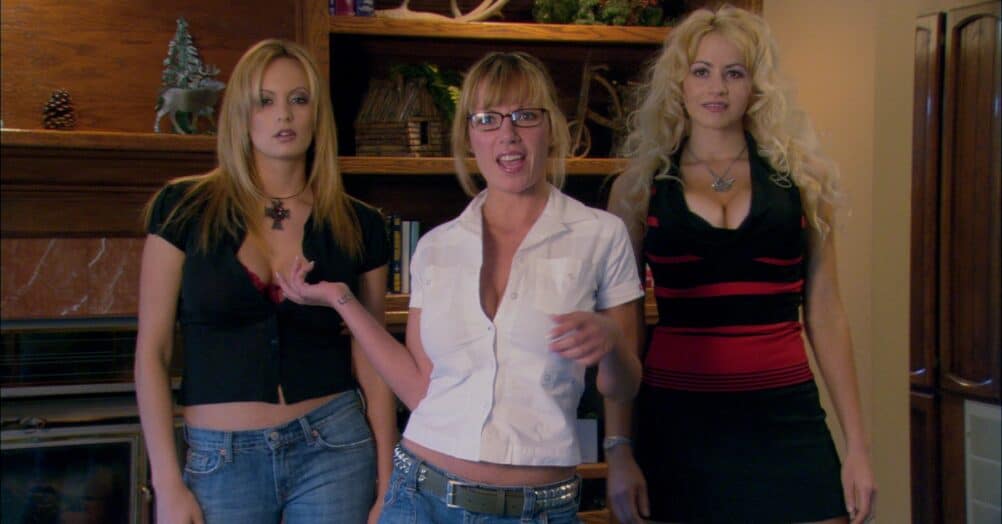
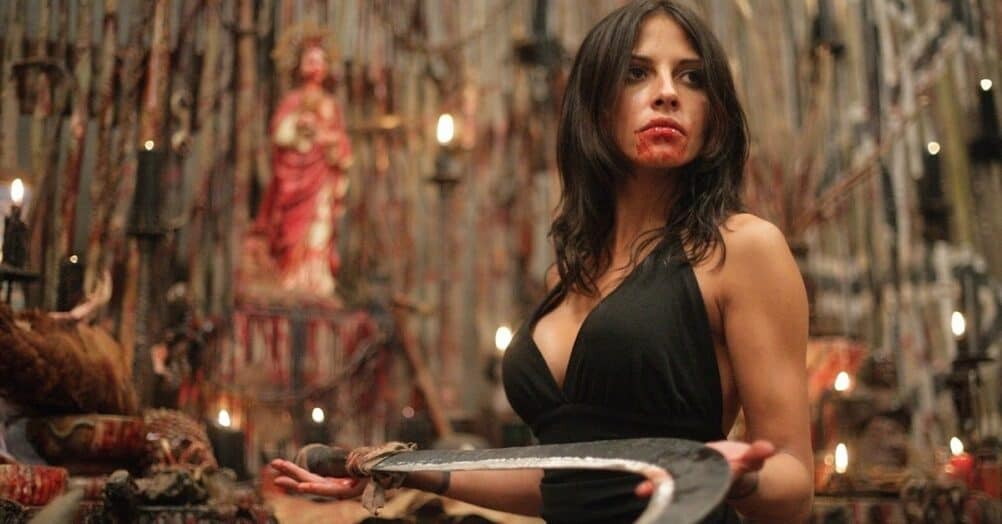
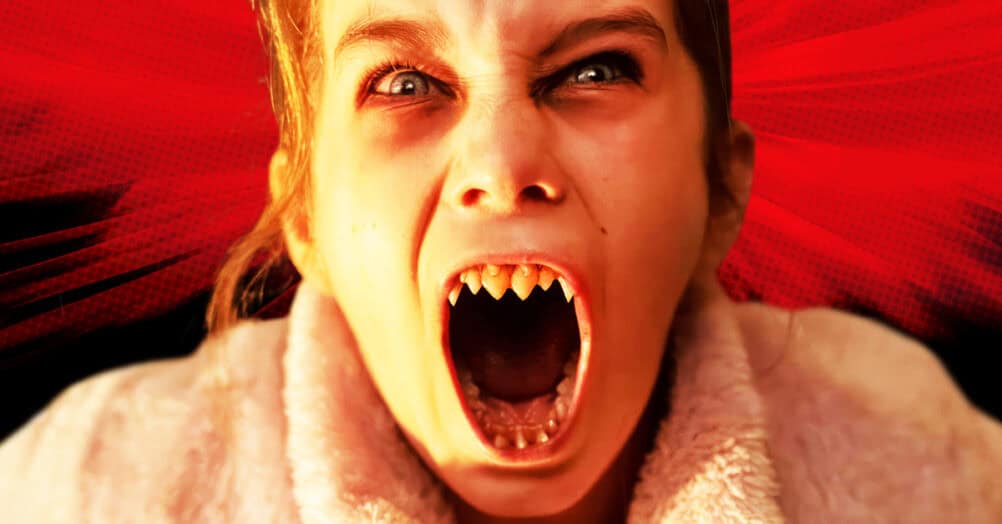
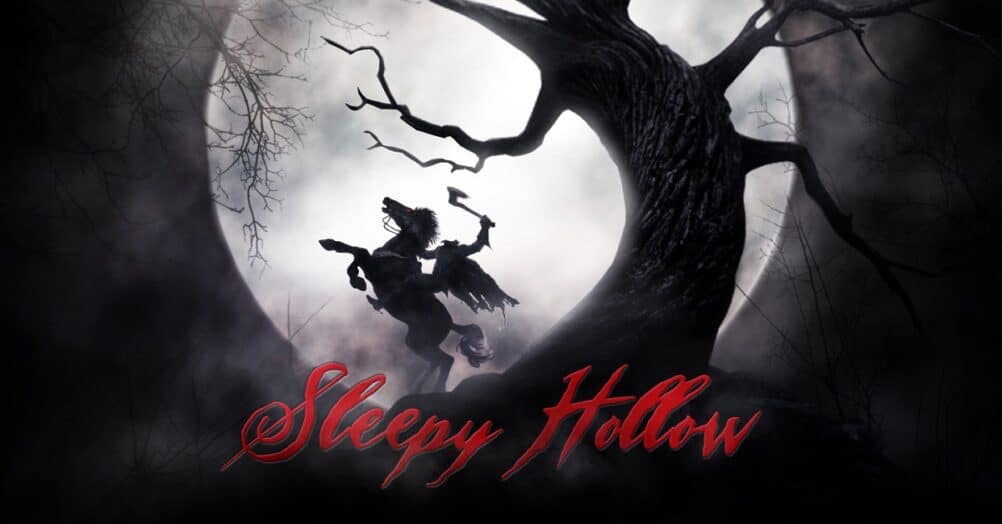
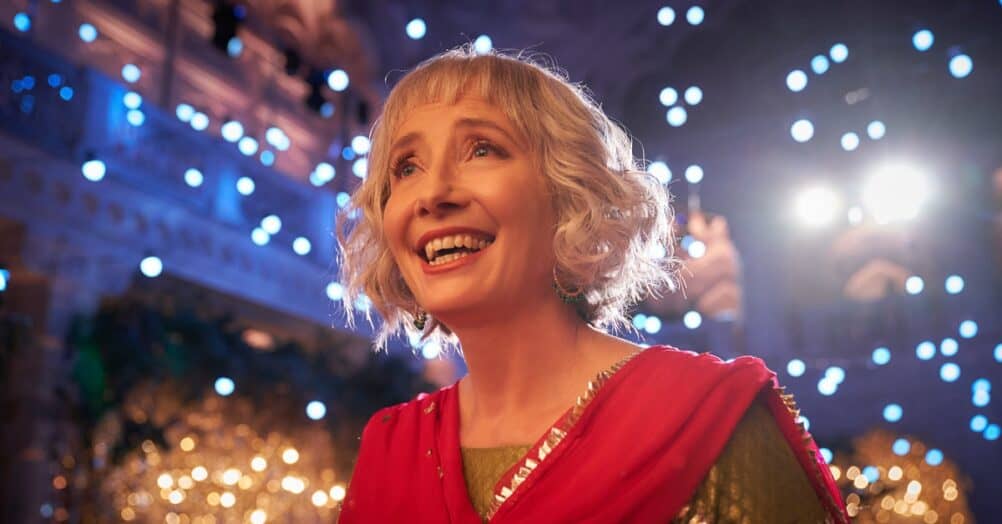
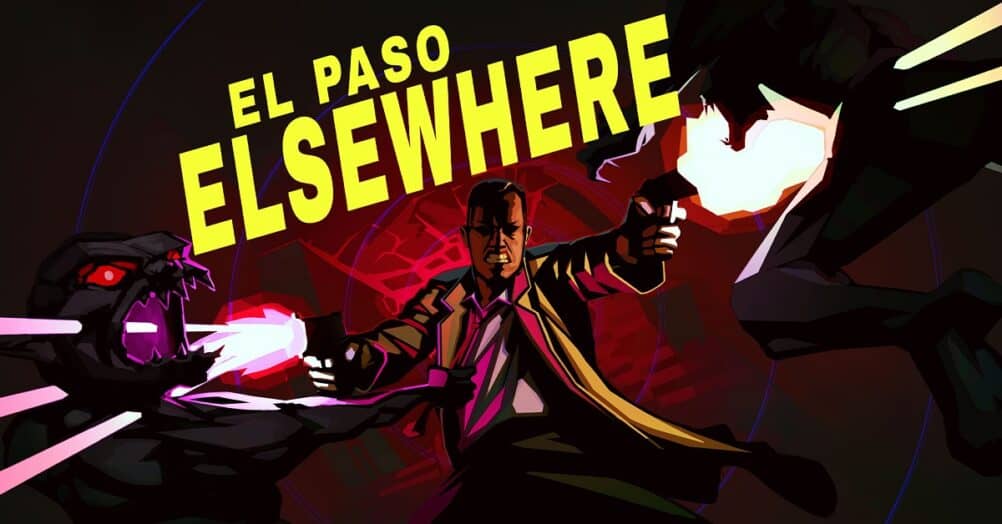
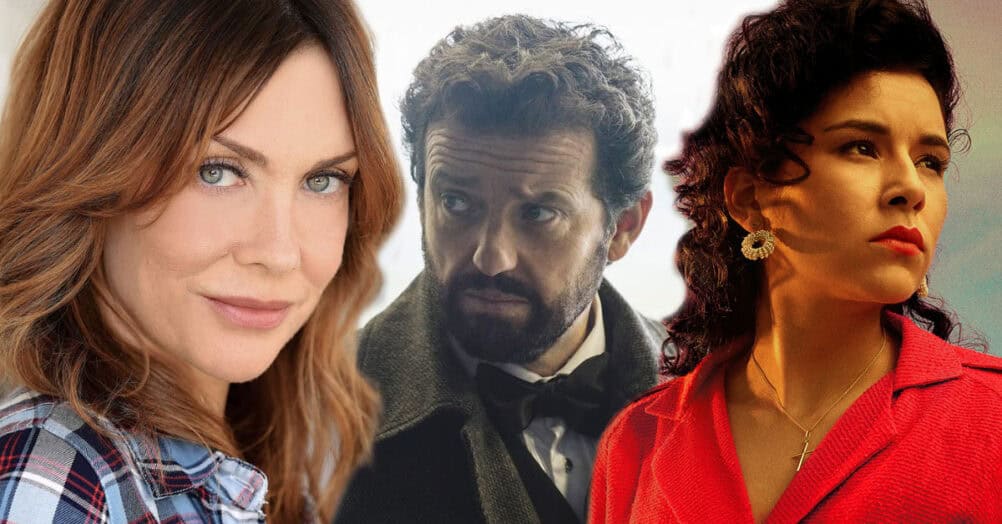
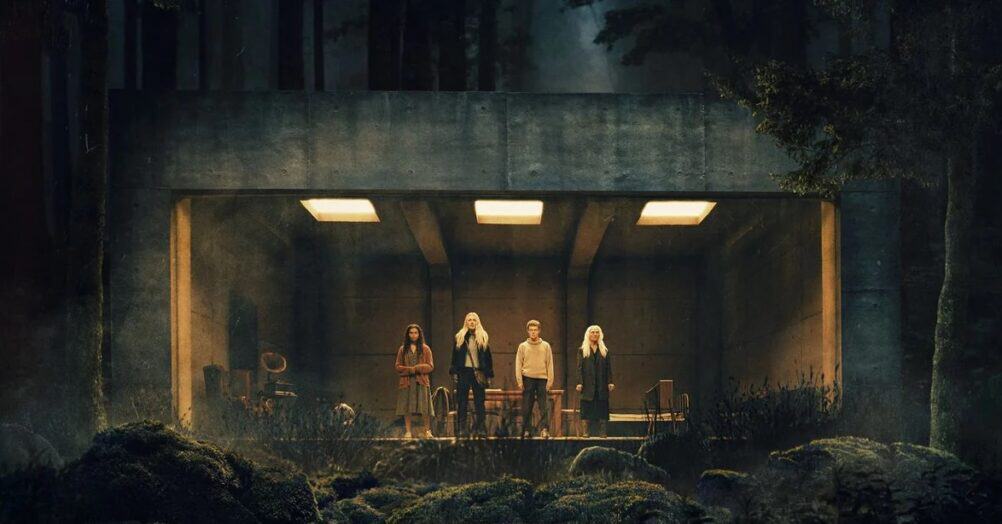
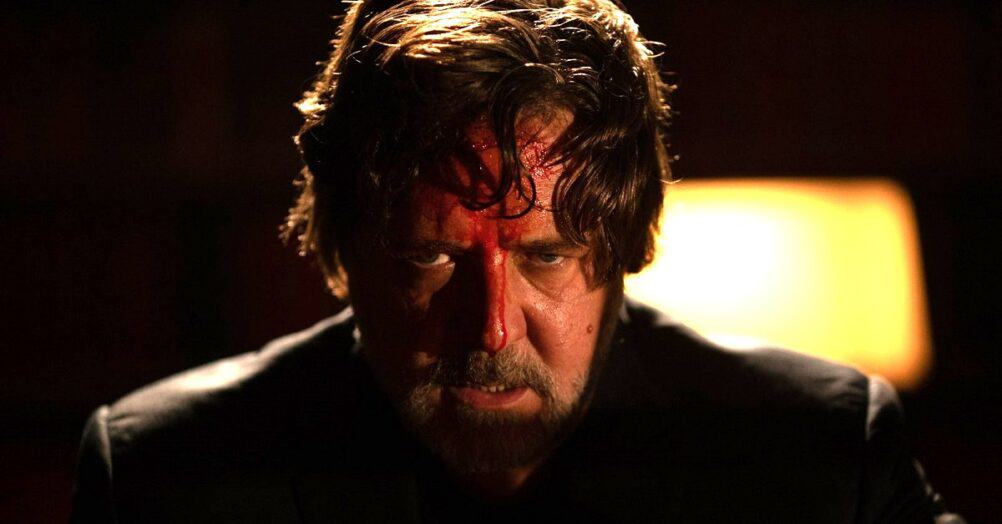
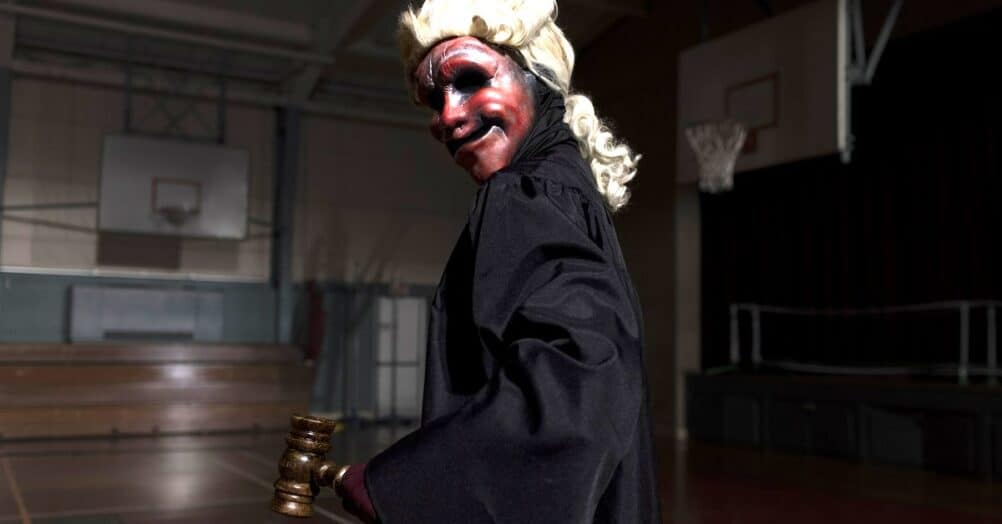
Follow the JOBLO MOVIE NETWORK
Follow us on YOUTUBE
Follow ARROW IN THE HEAD
Follow AITH on YOUTUBE